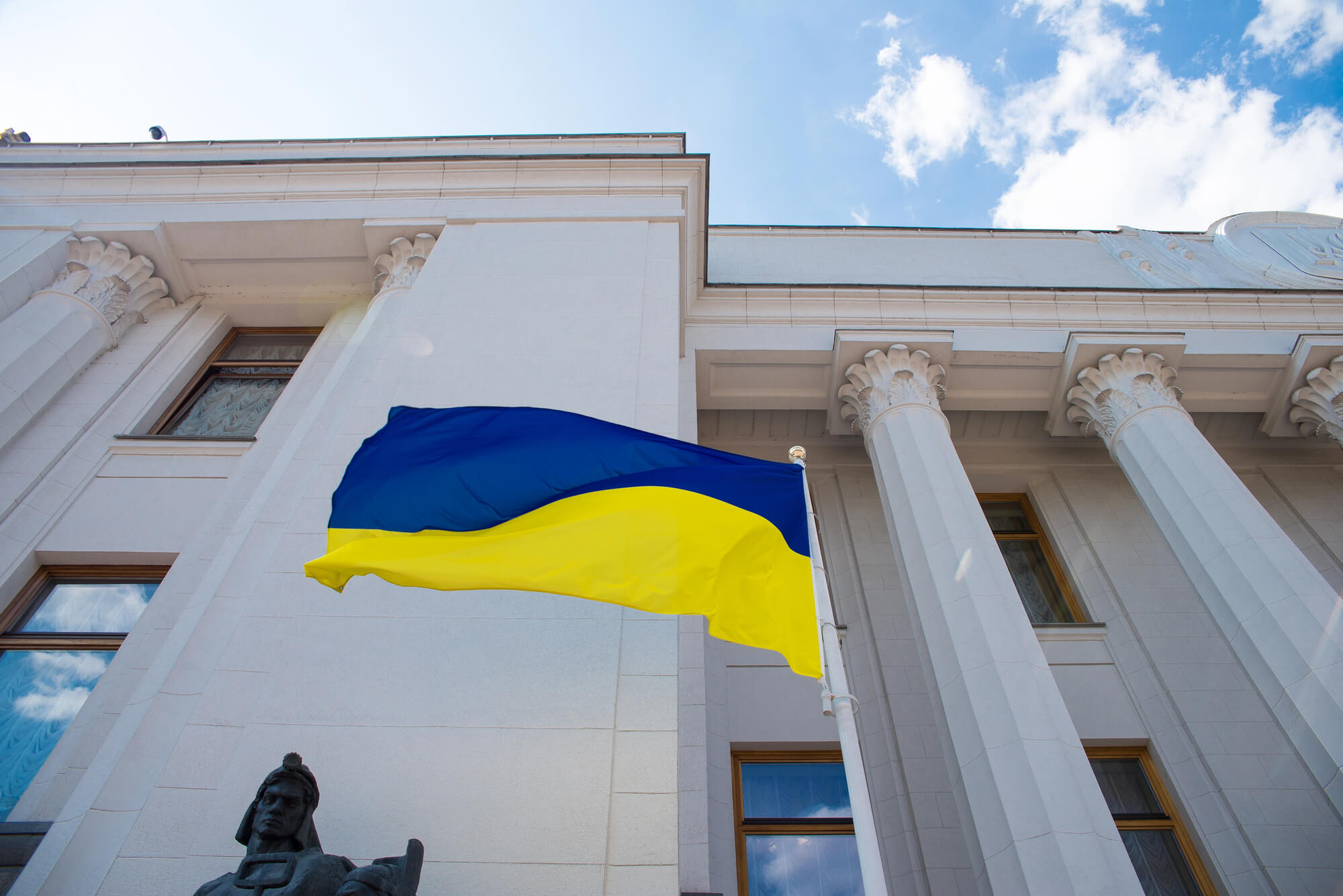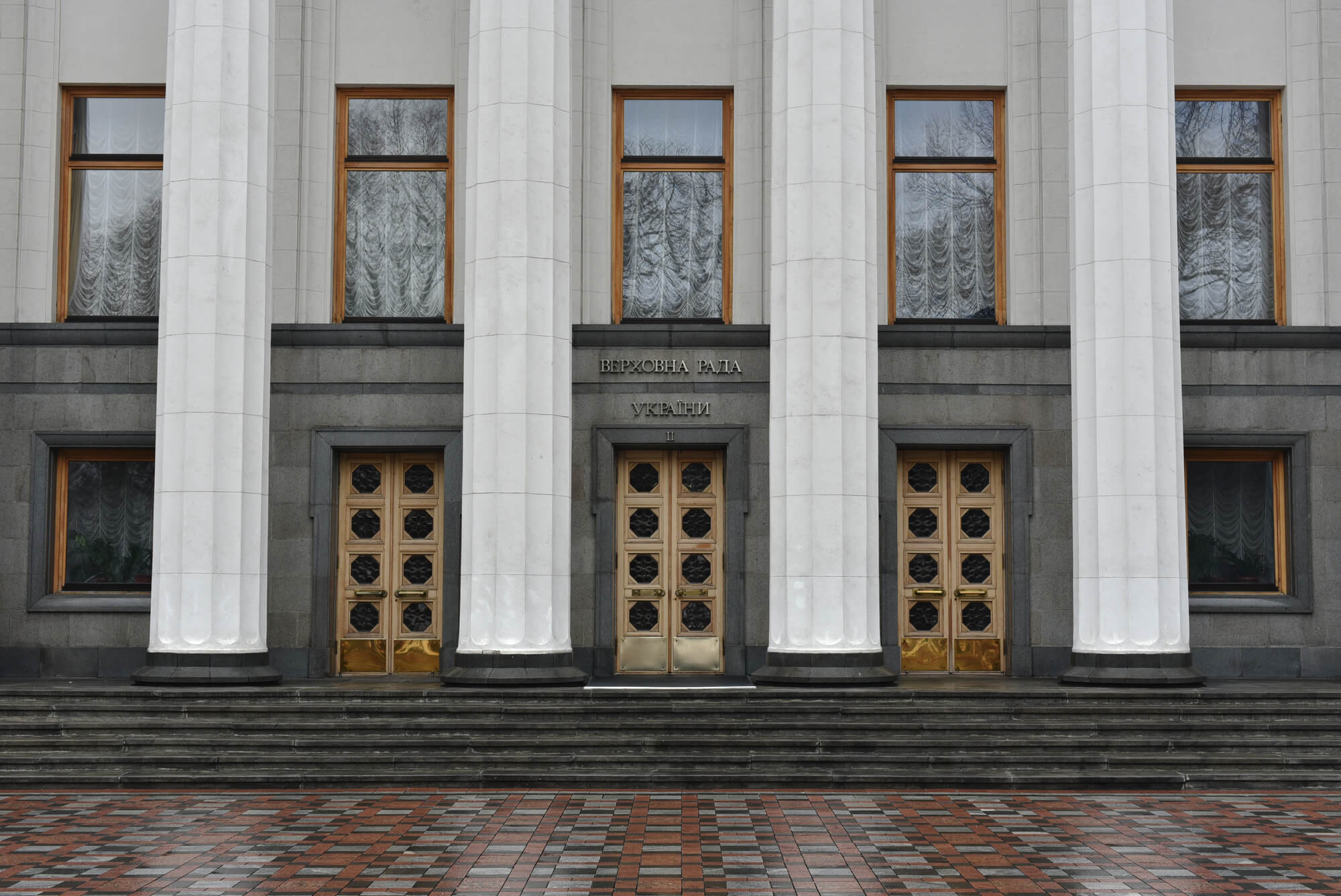According to the European Central Bank, there are more than 20,000 European UCITS investment funds (that is, universal funds for individual investors) — 1,250 times more than the 16 open-end investment funds in Ukraine. The draft law “On Investment Funds” (No. 13246), recently submitted to the Verkhovna Rada by Yaroslav Zhelezniak, provides for the first full-scale reform of the market since 2012. It aligns Ukraine’s legislation with European standards, opens new investment opportunities for every Ukrainian, and makes the securities market more competitive.
Current regulation of investment funds and its shortcomings
Today, the investment market is governed by the Law “On Collective Investment Institutions” of July 5, 2012, and the Presidential Decree “On Investment Funds and Investment Companies” of February 19, 1994. Despite numerous amendments since their adoption, these documents do not meet European standards and create barriers to future EU integration. The legislation, therefore, requires a complete overhaul.
According to the Ukrainian Association of Investment Business (UAIB), as of 2024, Ukraine had 1,840 collective investment institutions, which, if the bill is adopted, will be reorganized into investment funds. Compared with 431 funds in Poland, that number appears substantial. However, in terms of assets under management, Ukrainian funds lag behind their Polish counterparts by a factor of seven: UAH 680 billion versus PLN 406 billion (UAH 4.65 trillion), representing 11% and 50% of their respective countries’ GDP.
The comparison of open-end investment funds is even starker: Ukraine has only 16, with total assets of UAH 240 million, compared with 111 in Poland holding PLN 195.5 billion (UAH 2,238 billion at the July 2025 exchange rate).
The Polish investment fund market has also grown much faster than Ukraine’s (see Figure 1).
Figure 1. Dynamics of assets under management in Ukrainian and Polish investment funds
Source: UAIB, Statistics Poland, authors’ calculations
Why is the small number of open-end investment funds in Ukraine a problem? According to the IMF, more than 90% of investment funds in Ukraine have fewer than five owners. Their closed nature leaves room for abuse — including a higher risk that investors will lose their money — as well as tax evasion and money laundering. For example, the scandal involving the company Freedom Finance. This brokerage firm was sanctioned by Ukraine’s National Security and Defense Council (NSDC) because of the Russian citizenship of its owner, and the assets of 12,700 investors — worth UAH 3.5 billion — have remained frozen for three years. This would not have happened if the National Securities and Stock Market Commission (NSSMC) had exercised proper oversight of the company.
It is also clear that the near absence of open-end investment funds in Ukraine not only deprives the public of a convenient investment tool but also limits companies’ ability to raise capital other than through bank loans. Thus, the introduction of European regulation of UCITS funds will not only improve access to a savings and investment instrument, but also make investing safer, as investment funds (like any company managing other people’s money) will be required to comply with several requirements regarding transparent reporting and adequate capital.
How would the system of Collective investment institutions be transformed?
The reform of CIIs would proceed very gradually. Once the law takes effect, new institutions will be created under the new rules. At the same time, existing CIIs would, by 2042, either have to reorganize into investment funds under the new regulations or cease operations. The reorganization procedure would be developed by the National Securities and Stock Market Commission (NSSMC), which would also oversee its implementation. In this process, open-end and closed-end CIIs would be converted into public funds (open to all) and alternative funds (open to a limited circle of investors), respectively.
Alternative funds may be specialized, for example, venture funds that would invest in higher-risk, innovative projects. Their regulation would comply with Directive 2011/61/EU (AIFMD). Public funds would work with a broad range of investors but would be allowed to invest only in freely traded securities or place funds in bank deposits. Public funds would face stricter rules, including diversification requirements that limit the maximum amount that can be invested in a single instrument. Their regulation would comply with the UCITS Directive (2009/65/EC).
The NSSMC would retain its current powers: licensing, supervision, registration of investment funds and certificates, approval of other fund-related documents, and imposing sanctions on those who violate regulations. These sanctions include fines, suspension of licenses, and removal from the Unified State Register of Collective Investment Institutions (USR CII), which has been in operation since 2001. In addition, the NSSMC would gain the following new powers:
- Setting rules for preliminary marketing of funds (informing potential investors about the planned launch of a fund);
- Establishing reporting requirements for funds and asset management companies (AMCs). This would include publishing financial statements, information on changes in the fund’s asset structure, and changes in the AMC’s governing bodies or strategy.
- Approving the creation of “two-tier” funds — structures in which one investment fund is the primary (master fund) and another (feeder fund) is dependent. A feeder fund would invest at least 85% of its assets in the master fund. Creating more than two-tier funds or “chains” of interdependent funds would be prohibited.
Under the current legislation, alternative funds do not have separate regulation. The draft law proposes such regulation, including for venture funds, social entrepreneurship funds, long-term investment funds, real estate funds, and infrastructure funds. These funds would gain the ability to invest in a broader range of assets but would be subject to stricter regulatory requirements than public funds. Because the assets of such funds are less liquid and redemptions occur less frequently, they would be aimed primarily at qualified investors, including international financial institutions, the government, the National Bank of Ukraine, foreign states and central banks, professional participants in the capital markets, banks, and insurers. Alternative funds would have fewer opportunities to scale and to enter EU markets, as doing so would require greater effort to adapt to legal restrictions when operating in another country’s market.
Who would benefit: new opportunities for private investors, businesses, and asset management companies
The investment fund reform is not just about updating the legal framework — it is also about opening new opportunities for different players in the financial market. The new law would create a framework in which investing becomes accessible to ordinary citizens, businesses, and financial professionals alike. But how would the situation change in practice?
Today, investing in a fund requires significant capital — often from UAH 100,000 to UAH 1 million. In addition, most funds are open only to “qualified investors.” If adopted, the draft law would open access to public investment funds to everyone. Even those with only a few thousand hryvnias would be able to invest through a fund. As a result, public demand for financial literacy and a better understanding of how the economy works is likely to grow. At the same time, to protect “ordinary” investors, the NSSMC would set transparency and prudent investment requirements and supervise investment funds’ activities.
For businesses, investment funds would become an additional source of development financing, enabling them to raise capital on more favorable terms.
Asset management companies that previously operated in a gray area or served only a narrow market will gain new momentum for development. The draft law would allow the creation of investment products for a broad audience, introduce master funds, and regulate reporting and transparency requirements for management companies. This would open the door to developing the asset management market, attracting new players, increasing competition and, as a result, improving service for investors.
Of course, even with strict regulation, investment funds would never be entirely risk-free. An investor must understand the fund’s business model (how the fund makes money), the types of assets it invests in, and under what conditions those assets would generate profits or losses.
When and under what conditions investment funds will truly take off: challenges and recommendations
If adopted, the draft law on investment funds would open the door to revitalizing Ukraine’s investment market—something that would be essential during the country’s reconstruction. The bill would introduce European standards for fund regulation, particularly in areas such as asset structure, corporate governance, and investor protection.
However, the law would work as intended only if other conditions are met. The most critical challenge is the war and the related security risks. The second challenge is corruption. In 2024, Ukraine ranked 105th out of 180 countries in the Corruption Perceptions Index. While this is an improvement compared with, for example, ten years ago, Ukraine still lags behind most European countries. Consistent government efforts to combat corruption would boost trust in Ukraine and make it more attractive to investors. This brings judicial reform and reform of law enforcement agencies to the forefront, as meaningful anti-corruption efforts are impossible without the rule of law. More broadly, without an effective legal system, it is challenging to expect efficient public administration, sustainable economic growth, or the country’s investment appeal.
Another risk is the NSSMC’s inability to effectively perform its functions and respond to legal violations in a timely and efficient manner, which necessitates a sufficient number of qualified personnel and independence from political pressure. Therefore, to ensure the law’s effective implementation, the NSSMC would need to be strengthened with adequate intellectual and financial resources.
In addition, Ukraine’s level of financial literacy still leaves much to be desired. In a 2021 financial literacy study, Ukraine scored 12.3 out of a possible 21 points, on par with Bulgaria and Croatia. By comparison, France ranked first with 14.9 points, followed by Norway and Canada (14.6 each), as well as South Korea and Hong Kong (14.4 each). While Ukraine’s gap with the leaders is not significant in absolute terms, the country is still positioned in the lower part of the ranking.
At the same time, more than 80% of Ukrainians in the same study said they would like to learn more about how to manage their finances effectively. This points to strong public demand for financial education. The National Strategy for Financial Literacy Development until 2030, developed by the NBU, is intended to improve the situation. However, meeting this demand would also require the involvement of non-governmental actors.
Should investors be further incentivized to put their money into Ukrainian investment funds? For example, should Ukraine adopt the Singapore model, under which both investors and investment funds are exempt from taxation? In our view, this is unnecessary. What matters more is ensuring transparent regulation of investment funds and fair competition in the market. Clear, consistent rules that are enforced are the main prerequisite for attracting investors.
Photo: depositphotos.com/ua
Attention
The authors do not work for, consult to, own shares in or receive funding from any company or organization that would benefit from this article, and have no relevant affiliations



